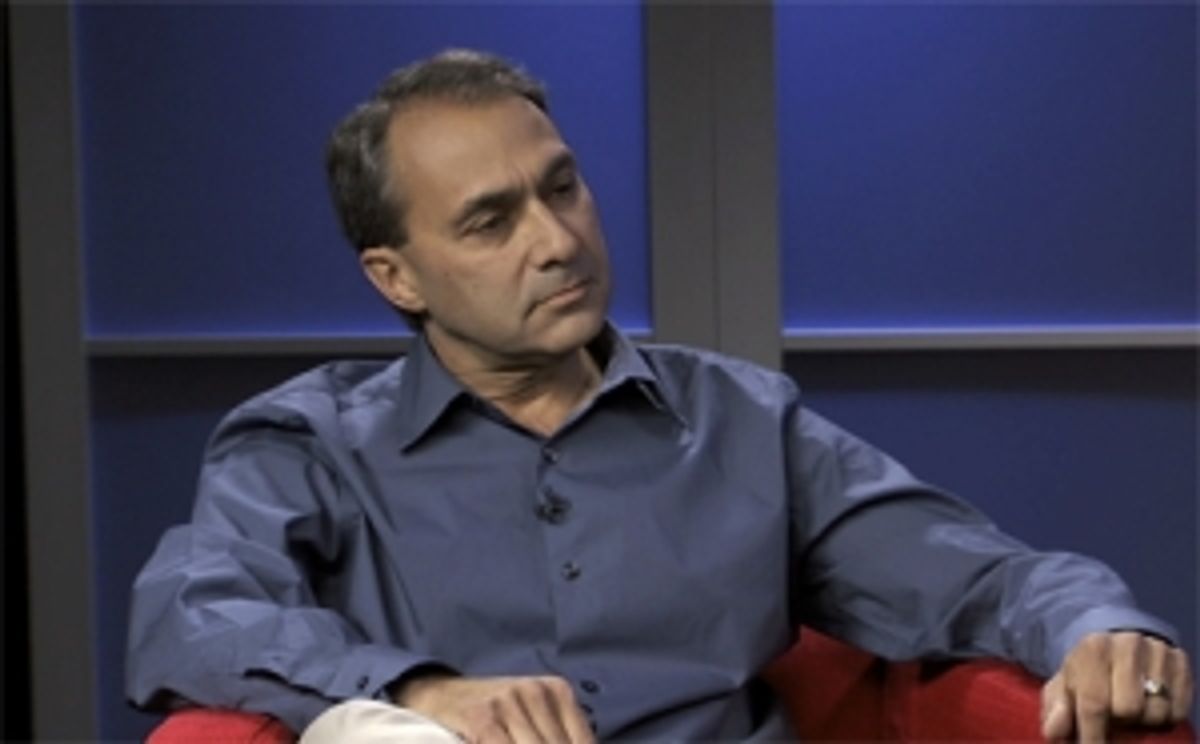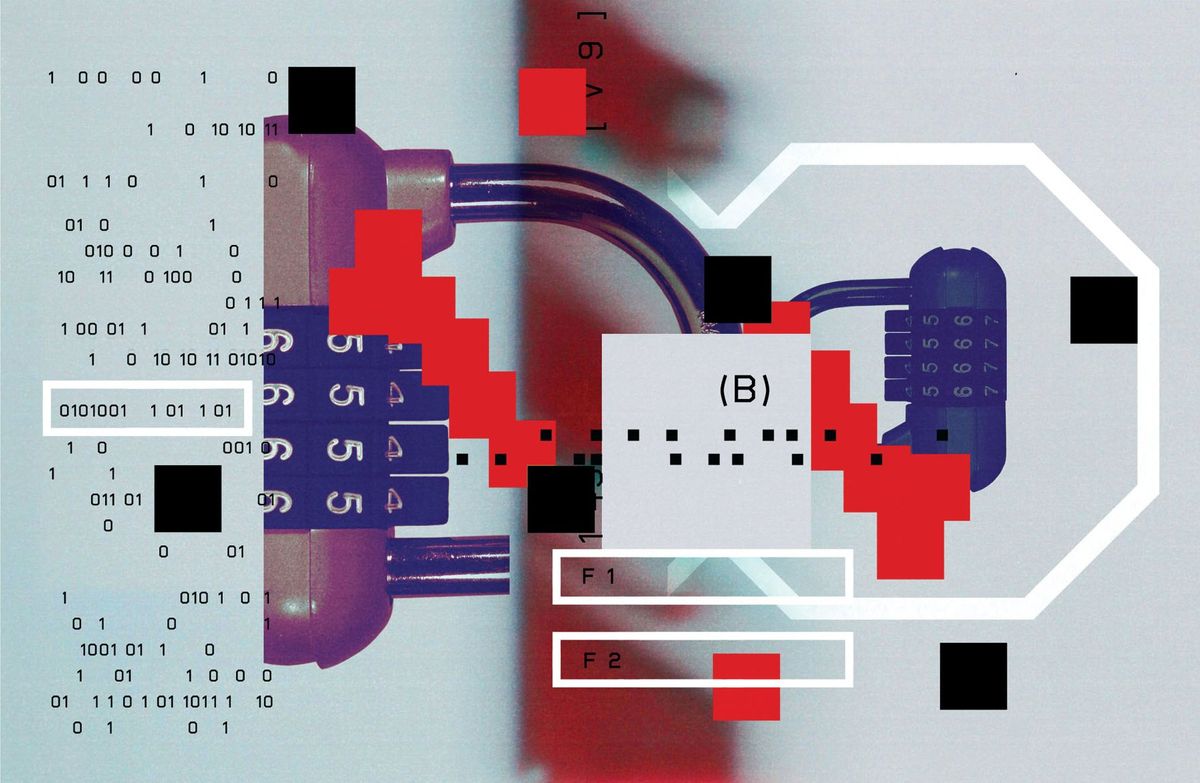YouTube, Spector says, is one way Google is changing education. “It’s phenomenal that we can make educational content avaiable to a billion people around the world, from self-help videos, for example, those that guide a repair of something, to quantum mechanics.” He points out that Google is working with the Kahn Academy, a nonprofit providing free online tutorials about a wide range of academic subjects, to support its efforts.
Health care, he admits, may be a tougher challenge. “It’s a complicated situation,” Spector says. “It seems obvious that we need to use more IT in health care, that it should lower costs and improve quality.” But it isn't so easy.
Google itself tried to provide Web services for health information, says Spector, but it didn’t catch on—and this kind of thing will more probably be driven by the hospitals. “But we still see enormous opportunities there.”
Follow me on Twitter @Tekla Perry.
Tekla S. Perry is a senior editor at IEEE Spectrum. Based in Palo Alto, Calif., she's been covering the people, companies, and technology that make Silicon Valley a special place for more than 40 years. An IEEE member, she holds a bachelor's degree in journalism from Michigan State University.




